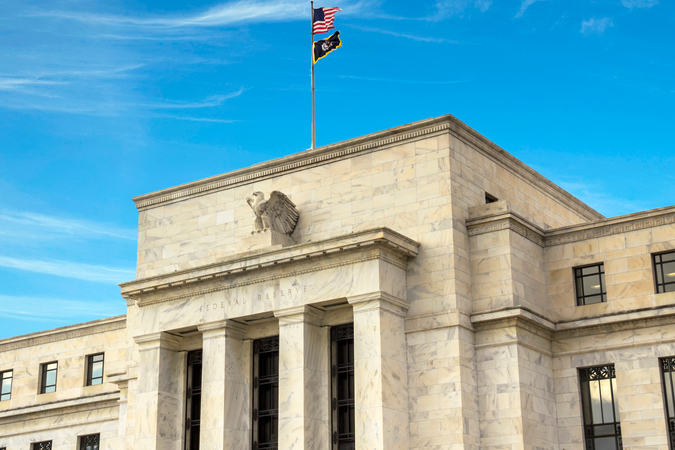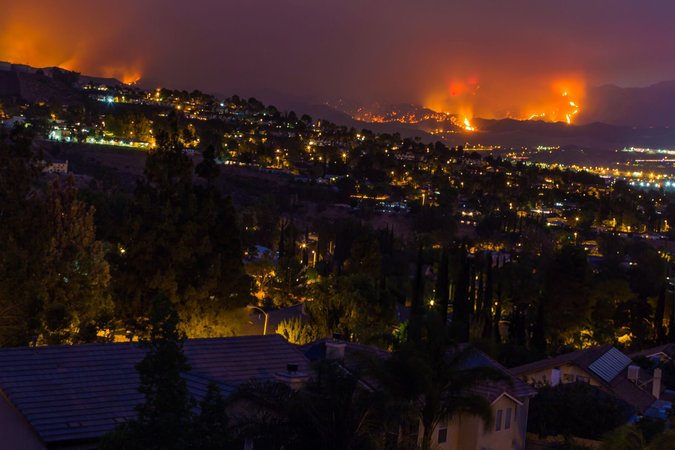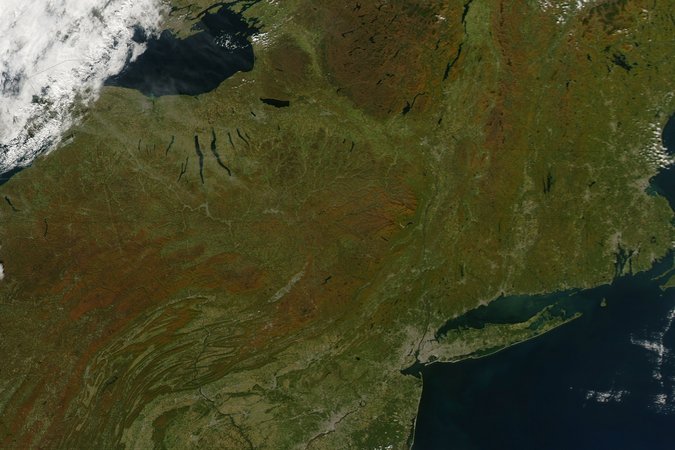White Communities Are More Likely to Enroll in a Western US Wildfire Mitigation Program
A new paper an increase in home protection measures following wildfire is entirely driven by non-Hispanic white households.
💡 What’s the story?
A new paper from Resources for the Future (RFF) finds that enrollment in the home protection program Firewise increases following a wildfire. This uptick in enrollment, in turn, leads to a slower rise in insurance premiums but does not appear to influence whether households have access to insurance in the first place.
The paper finds that the increase in home protection measures is entirely driven by non-Hispanic white households. This finding controls for income, which is typically higher than the median among non-Hispanic white households. The authors posit that this may be because minority groups, who are especially vulnerable to the effects of wildfire, may have fewer resources or capacity to make changes around their homes that could help reduce the risk of wildfire.
🔎 How do we know?
To reach these conclusions, the authors analyzed zip codes across western states between 2002 and 2019. In each area, the researchers calculated the share of Firewise participants and the zip code’s exposure to wildfires over the years. A model then estimated the effects of a wildfire on Firewise participation and insurance premiums.
The model led to several findings:
- A wildfire that affects at least 1 percent of an area’s population increased the share of Firewise participation by 1.4 percentage points and annual community investments in the program by 34.3 percent.
- Wildfires that affected a greater share of the population led to greater program participation and greater investment.
- In areas with Firewise participation, insurance premium increases were two-thirds lower than places without Firewise activity (roughly $87 per year).
However, these changes only happened in predominantly white communities; the authors did not find a post-wildfire uptick in Firewise participation among areas that had high shares of minority populations. Socioeconomic status, household composition, housing quality, and access to transportation did not appear to have much of an effect on an area’s post-wildfire Firewise response.
Author Perspective
“Enrollment in the Firewise program is incredibly low across eligible communities… it’s a common observation that households underestimate wildfire risk and are not adequately incentivized to avoid it. But when people see the impacts of wildfire firsthand, that theoretical threat becomes real. It becomes something that people take steps to avoid—if they can afford to or know how to. As wildfires become more intense across the United States, it will be important to lower these barriers.”
—Yanjun (Penny) Liao, RFF Fellow
🔥 What are the policy implications?
Enrollment in the Firewise program is low; only 13.5 percent of the areas analyzed had any program-compliant risk mitigation activity in 2019, and even then, enrollment percentages within those areas were in the single digits. Targeted incentives or assistance to minority communities may help vulnerable communities invest in resilience measures. Addressing language barriers and touting the benefits that Firewise participation can have on premium increases may also be helpful in increasing participation.
📚 Where can I learn more?
Read the working paper, “From Catastrophe to Caution: The Effect of Wildfires on Community Hazard Mitigation Investments,” by RFF Fellow Yanjun (Penny) Liao, European Center for Risk and Resilience Studies director Simon Sølvsten, and RFF Senior Research Analyst Zachary Whitlock.
Resources for the Future (RFF) is an independent, nonprofit research institution in Washington, DC. Its mission is to improve environmental, energy, and natural resource decisions through impartial economic research and policy engagement. RFF is committed to being the most widely trusted source of research insights and policy solutions leading to a healthy environment and a thriving economy.
Unless otherwise stated, the views expressed here are those of the individual authors and may differ from those of other RFF experts, its officers, or its directors. RFF does not take positions on specific legislative proposals.
For more information, please see our media resources page or contact Media Relations and Communications Manager Annie Tastet.





